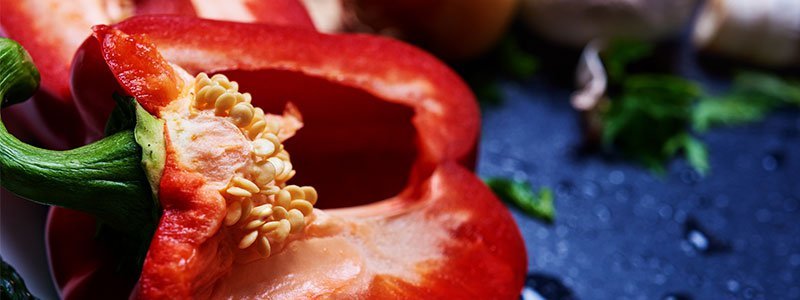Lauric Acid
Other Names
Acide Laurique, Acide N-dodécanoïque, Ácido Láurico, Coconut Oil Extract, Extrait d’Huile de Noix de Coco, N-dodecanoic Acid, N-alkanoic Acid.
Lauric acid is a saturated fat. It is found in many vegetable fats, particularly in coconut and palm kernel oils. People use it as medicine.
Lauric acid is used for treating viral infections including influenza (the flu); swine flu; avian flu; the common cold; fever blisters, cold sores, and genital herpes caused by herpes simplex virus (HSV); genital warts caused by human papillomavirus (HPV); and HIV/AIDS. It is also used for preventing the transmission of HIV from mothers to children.
Other uses for lauric acid include treatment of bronchitis, gonorrhea, yeast infections, chlamydia, intestinal infections caused by a parasite called Giardia lamblia, and ringworm.
In foods, lauric acid is used as a vegetable shortening.
In manufacturing, lauric acid is used to make soap and shampoo.
How does it work?
It is not known how lauric acid might work as a medicine. Some research suggests lauric acid might be a safer fat than trans-fats in food preparations.
Insufficient Evidence to Rate Effectiveness for...
- Influenza (the flu).
- Common cold.
- Avian flu.
- Bronchitis.
- Fever blisters, cold sores, and genital herpes caused by herpes simplex virus (HSV).
- Genital warts caused by human papillomavirus (HPV).
- HIV/AIDS.
- Preventing the transmission of HIV from mothers to their children.
- Gonorrhea.
- Yeast (candida) infections.
- Chlamydia.
- Intestinal infections caused by a parasite called Giardia lamblia.
- Ringworm.
- Other conditions.
Natural Medicines Comprehensive Database rates effectiveness based on scientific evidence according to the following scale: Effective, Likely Effective, Possibly Effective, Possibly Ineffective, Likely Ineffective, and Insufficient Evidence to Rate (detailed description of each of the ratings).
Lauric acid is safe in amounts found in foods. But there isn’t enough information to know whether it is safer when used as a medicine.

QUESTION
Next to red peppers, you can get the most vitamin C from ________________. See Answer Pregnancy and breast-feeding: Lauric acid is safe for pregnant and breast-feeding women in food amounts. But larger medicinal amounts should be avoided until more is known. There is some concern about using lauric acid during breast-feeding because lauric acid passes into breast milk. Stay on the safe side and stick with food amounts if you are pregnant or breast-feeding.The appropriate dose of lauric acid depends on several factors such as the user’s age, health, and several other conditions. At this time there is not enough scientific information to determine an appropriate range of doses for lauric acid. Keep in mind that natural products are not always necessarily safe and dosages can be important. Be sure to follow relevant directions on product labels and consult your pharmacist or physician or other healthcare professional before using.

